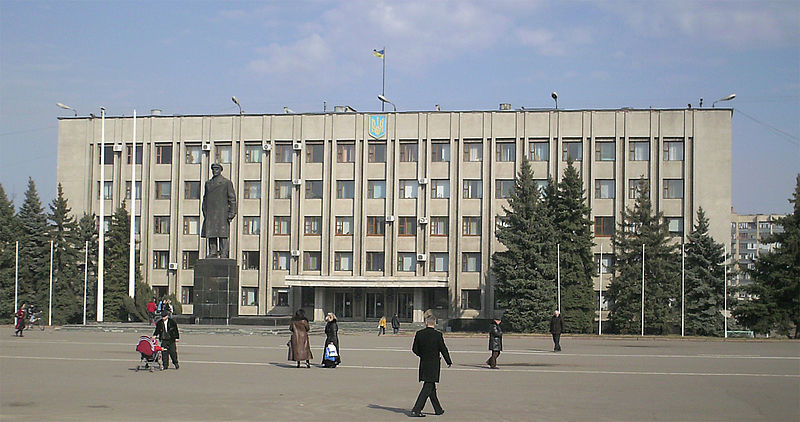Reports of Russian troops in Ukraine suggest shaping operations transitioning to new phase

By Jason Patrick
NATO Secretary General Anders Fogh Rasmussen released a statement on 13 April calling the “reappearance of men with specialized Russian weapons and identical uniforms without insignia”, similar to those worn by Russian troops during seizure of Crimea a “grave development”. In an interview with ABC, US Ambassador to the United Nations, Samantha Power, added to the accusation of Russian involvement by emphasizing that the professional and coordinated nature of the anti-government activity occurring simultaneously and in nearly identical fashion in a half dozen cities bears the “tell-tale signs of Moscow’s involvement”.
The Ukrainian Foreign Ministry released its own statement claiming to have ample, but unspecified, proof of Russian involvement in the incident in Slavyansk. According to the statement, Ukraine would present its evidence during the Geneva talks scheduled for 17 April between Ukraine, the US, EU, and Russia. Russian Foreign Minister, Sergei Lavrov categorically denies the presence of Russian forces on Ukrainian soil and Russian media claims that Kyiv commenced its crackdown at the behest of the Central Intelligence Agency.
Although Ukrainian special forces launched an assault on the secessionist-held government building in Slavyansk on Sunday, pro-Russian elements continue to hold buildings in Krasny Liman, the city of Donetsk, Drujkovka, and have captured additional government buildings in Yenakiyevo and the coastal city of Mariupol. In the northern city of Kharkiv, pro-Russian elements clashed with supporters of the EuroMaidan Revolution, while a separate group of protesters raided the Regional Administrative building. The attackers were reportedly unopposed by security forces and were able to gain entrance to the building, where Kharkiv Mayor, Gennadiy Kernes, still remains.

Minister of Internal Affairs, Arsen Avakov, has launched what he characterizes as a full-scale anti-terrorism operation with the intention of restoring Kyiv’s control over the increasingly unstable eastern regions of the country. Thus far, there have been several casualties on both sides.
President Turchynov’s operation, however, may prove counterproductive as it risks tipping the crisis into an increasingly dangerous phase. Moscow has demonstrated its willingness to employ military force to protect Russian citizens and Russian speakers abroad already in Crimea, Georgia, and Moldova. If the reports of Russian special forces’ presence in eastern Ukraine prove accurate, President Putin’s shaping operation may well already be underway with far more decisive measures on the horizon.
Potentially constraining a large-scale military invasion is a greater presence of international monitors in the flash-point areas. The Organization of Security and Cooperation in Europe (OSCE) deployed 100 monitors to mainland Ukraine in late March. According to their mandate, OSCE monitors are present in Kherson, Odessa, Lviv, Ivano-Frankivsk, Kharkiv, Donetsk, Dnepropetrovsk, Chernivtsi, Luhansk and Kyiv. Their deployment is schedule for six months and the number of personnel can be expanded to 500, according to the OSCE’s website. Thus far, Moscow has limited its response to rhetoric, castigating the interim Ukrainian government for its “illegal” anti-terror operation, as well as demanding that the UN Security Council address the issue immediately.




